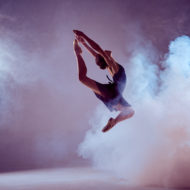
Over the past six years, I have been part of an interdisciplinary research team testing Movement Pattern Analysis (MPA). The team consists of movement analysts, political scientists, and psychologists. We have been comparing the Movement Pattern Analysis profiles of a participant group of military officers with their performance on a set of decision-making tasks completed in a laboratory situation. Our aim is to assess how well their MPA profiles correlate with their decision-making behaviors in the lab.
Existing research has highlighted two dimensions representative of individual differences in decision making – how much information a person needs and how long it takes for the individual to come to a conclusion. … Read More









